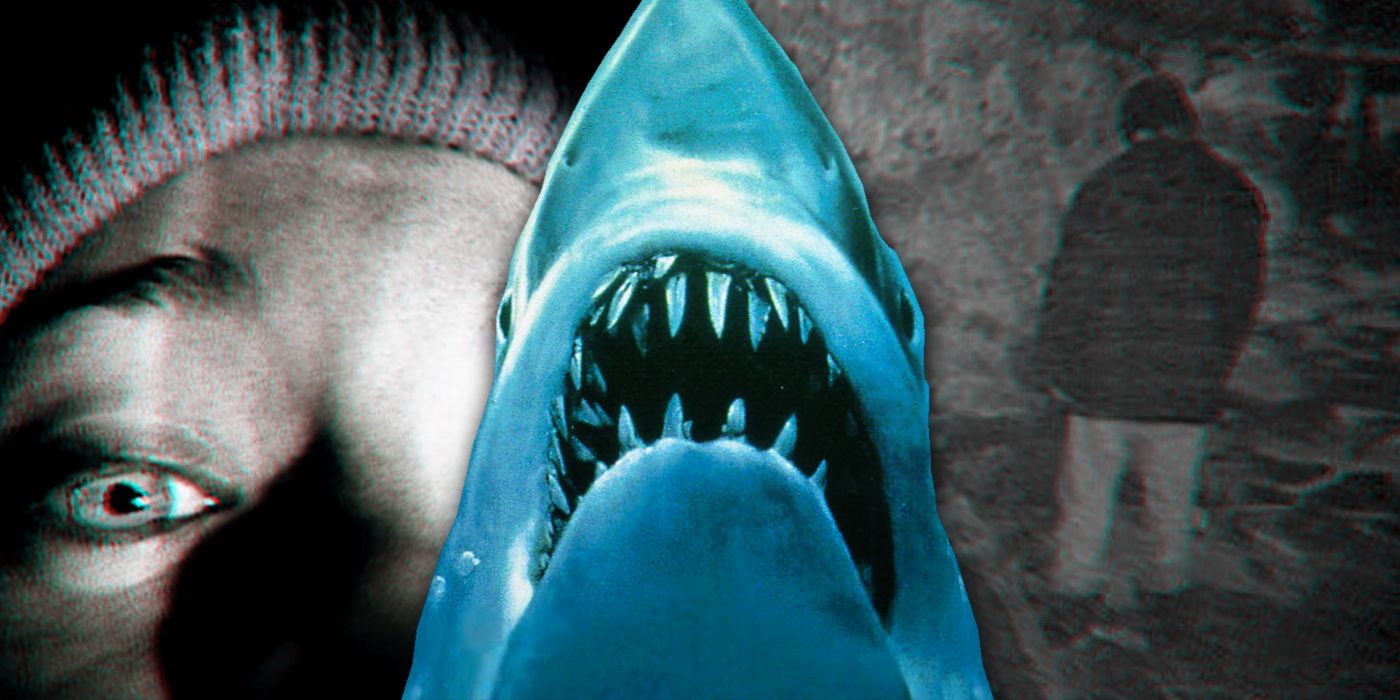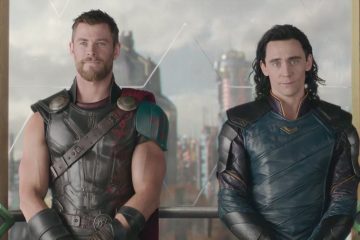With such a vast number of movies in the horror category, it’s become possible to notice trends that work and those that don’t. The genre has become popular through the years, branching off into subgenres like slasher, supernatural and psychological. Whichever route a horror movie takes, it needs to hold audiences in anticipation, keeping them guessing at every scene. Part of that includes making the villain as alarming as possible and helping to build suspense constantly. When the antagonist is there for a reason, viewers must be able to buy into their motives, which is sometimes easier said than done.
Horror films that include monsters or spirits have great pressure to make them credible. With such major advances in film and TV, productions have constantly pushed boundaries to make horror as frightening as possible. Therefore, audiences can become desensitized to the gore and terror because they’ve seen so much of it conveyed in a number of different ways. But perhaps it’s because various projects have got all they can out of special effects and other techniques that it’s time for horror films and shows to strip everything back and revisit the more basic concepts to keep the narratives fearsome. Maybe creators underestimate how viewers’ minds can piece together certain aspects of a movie and don’t need to be spoon-fed every element, namely, what a film’s monster or spirit looks like.
Similarly, the first Paranormal Activity movie in the franchise kept the evil spirit hidden. The consequences of the demonic entity’s actions can be seen, but not the entity itself. The result is always impressive. Audiences come away from watching the horror film with unsettled emotions of fright. Even better, such films are ones that someone has to watch to realize how good it is. Explaining a horror movie is truly petrifying without there being much to it; it doesn’t paint the best picture. Therefore, it’s encouraging for people to see what all the fuss is about themselves. Leaving viewers to picture the monster or spirit will continue to be more frightening than seeing it on-screen. The image of a monster will never match up to what someone is imagining, with the unknown being a far scarier concept than presenting something totally unbelievable. The intensity or credibility that gets built throughout a horror can be broken by one glimpse at a blatantly fake monster. It can snap audiences out of the film’s world and lose their attention. So why not let viewers’ minds be the most frightening part?
With such a vast number of movies in the horror category, it’s become possible to notice trends that work and those that don’t. The genre has become popular through the years, branching off into subgenres like slasher, supernatural and psychological. Whichever route a horror movie takes, it needs to hold audiences in anticipation, keeping them guessing at every scene. Part of that includes making the villain as alarming as possible and helping to build suspense constantly. When the antagonist is there for a reason, viewers must be able to buy into their motives, which is sometimes easier said than done.
Horror films that include monsters or spirits have great pressure to make them credible. With such major advances in film and TV, productions have constantly pushed boundaries to make horror as frightening as possible. Therefore, audiences can become desensitized to the gore and terror because they’ve seen so much of it conveyed in a number of different ways. But perhaps it’s because various projects have got all they can out of special effects and other techniques that it’s time for horror films and shows to strip everything back and revisit the more basic concepts to keep the narratives fearsome. Maybe creators underestimate how viewers’ minds can piece together certain aspects of a movie and don’t need to be spoon-fed every element, namely, what a film’s monster or spirit looks like.
Similarly, the first Paranormal Activity movie in the franchise kept the evil spirit hidden. The consequences of the demonic entity’s actions can be seen, but not the entity itself. The result is always impressive. Audiences come away from watching the horror film with unsettled emotions of fright. Even better, such films are ones that someone has to watch to realize how good it is. Explaining a horror movie is truly petrifying without there being much to it; it doesn’t paint the best picture. Therefore, it’s encouraging for people to see what all the fuss is about themselves. Leaving viewers to picture the monster or spirit will continue to be more frightening than seeing it on-screen. The image of a monster will never match up to what someone is imagining, with the unknown being a far scarier concept than presenting something totally unbelievable. The intensity or credibility that gets built throughout a horror can be broken by one glimpse at a blatantly fake monster. It can snap audiences out of the film’s world and lose their attention. So why not let viewers’ minds be the most frightening part?
#Horror #Movies #Revive #Underrated #Trends
Note:- (Not all news on the site expresses the point of view of the site, but we transmit this news automatically and translate it through programmatic technology on the site and not from a human editor. The content is auto-generated from a syndicated feed.))



